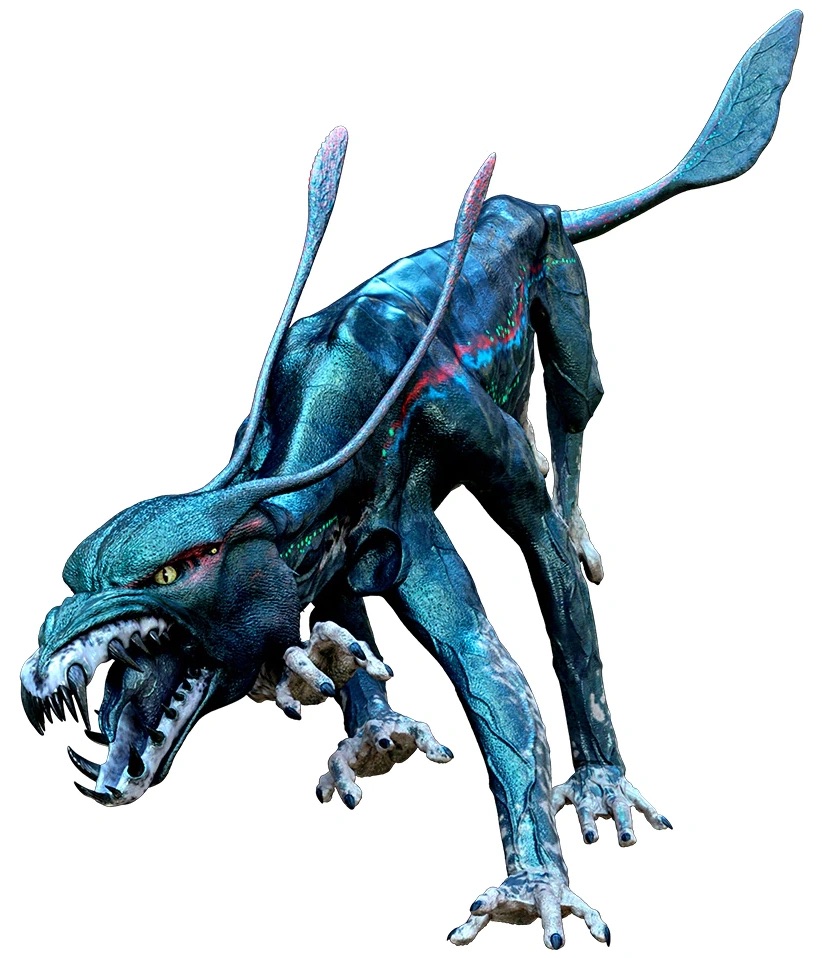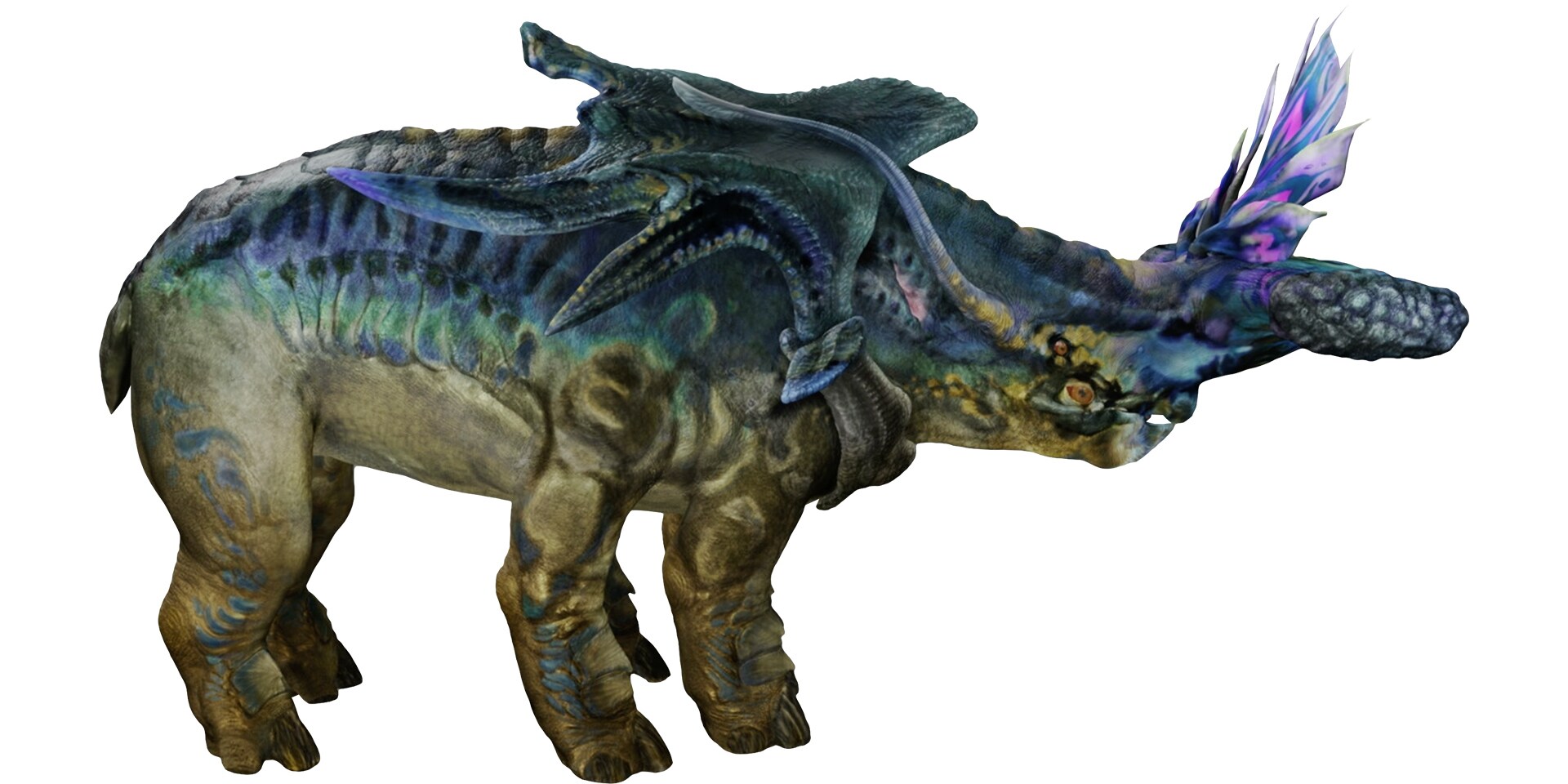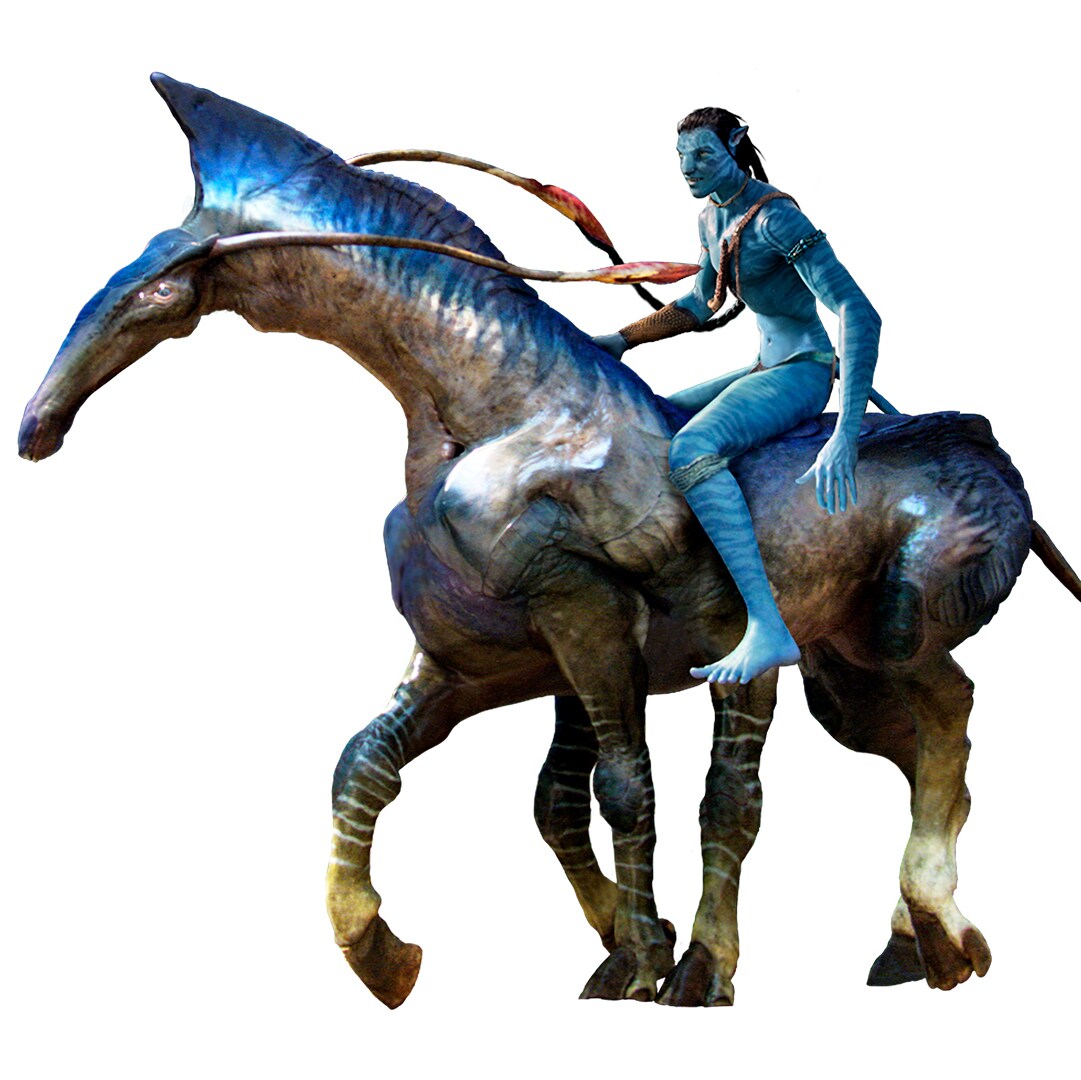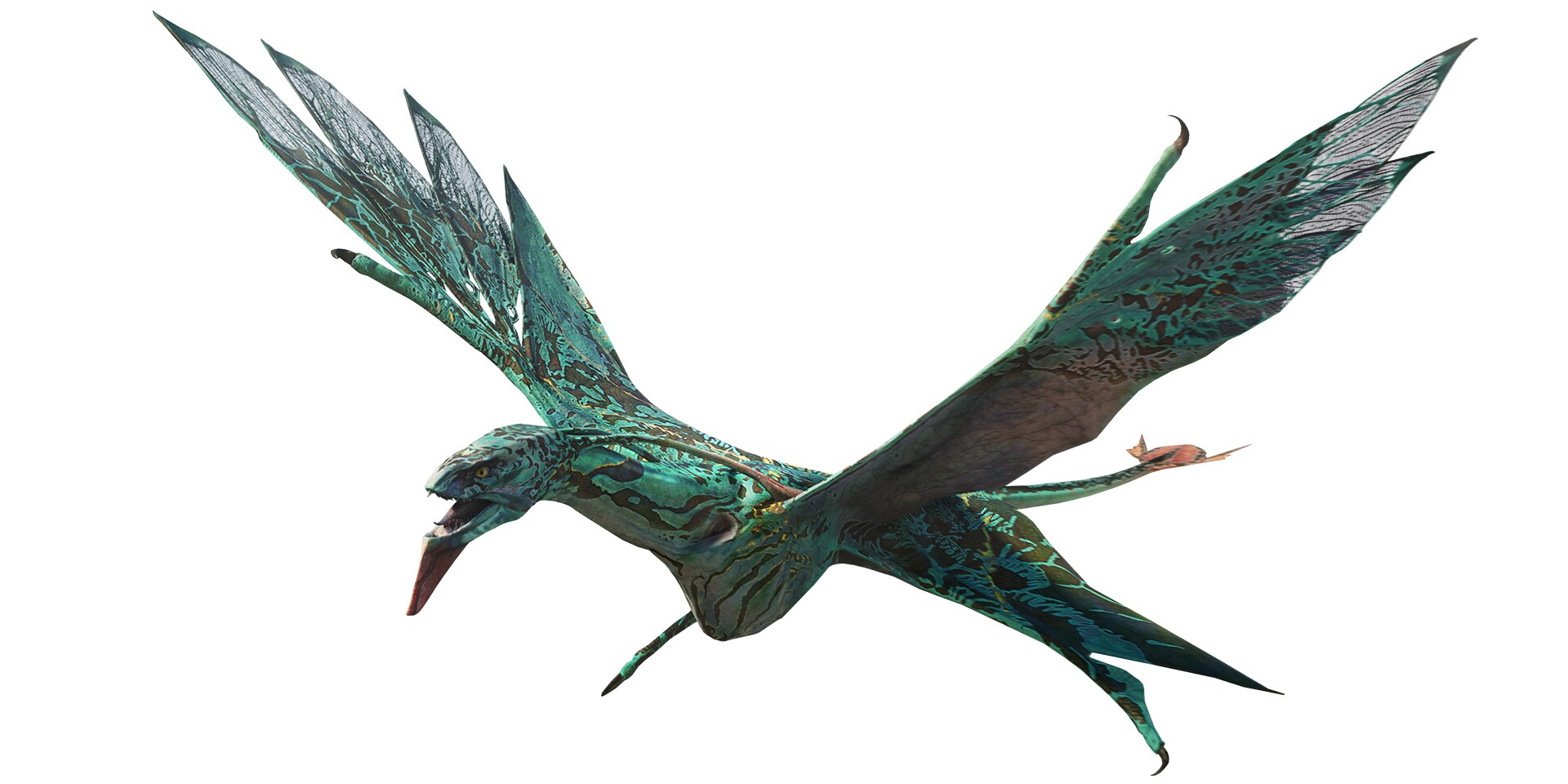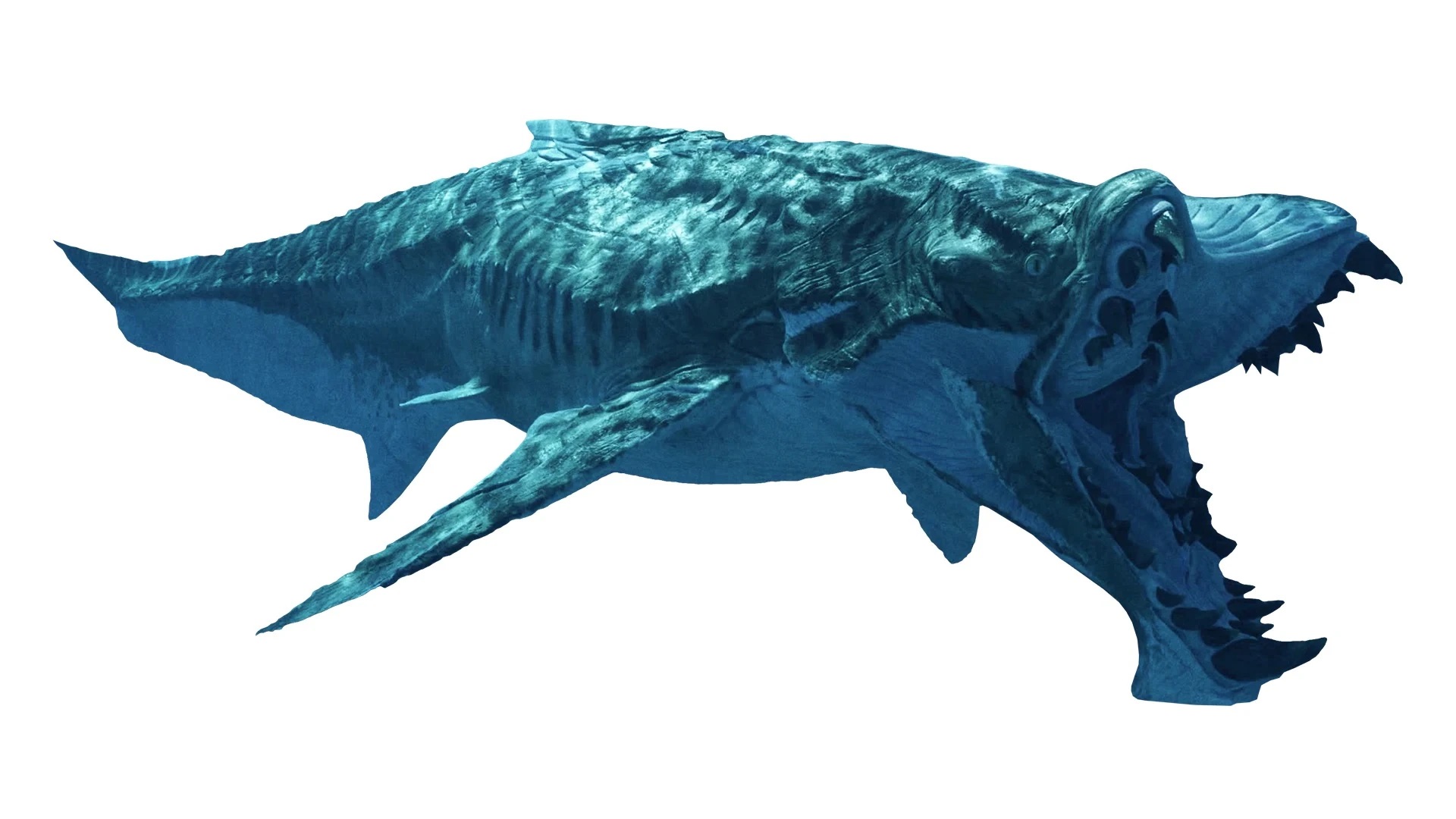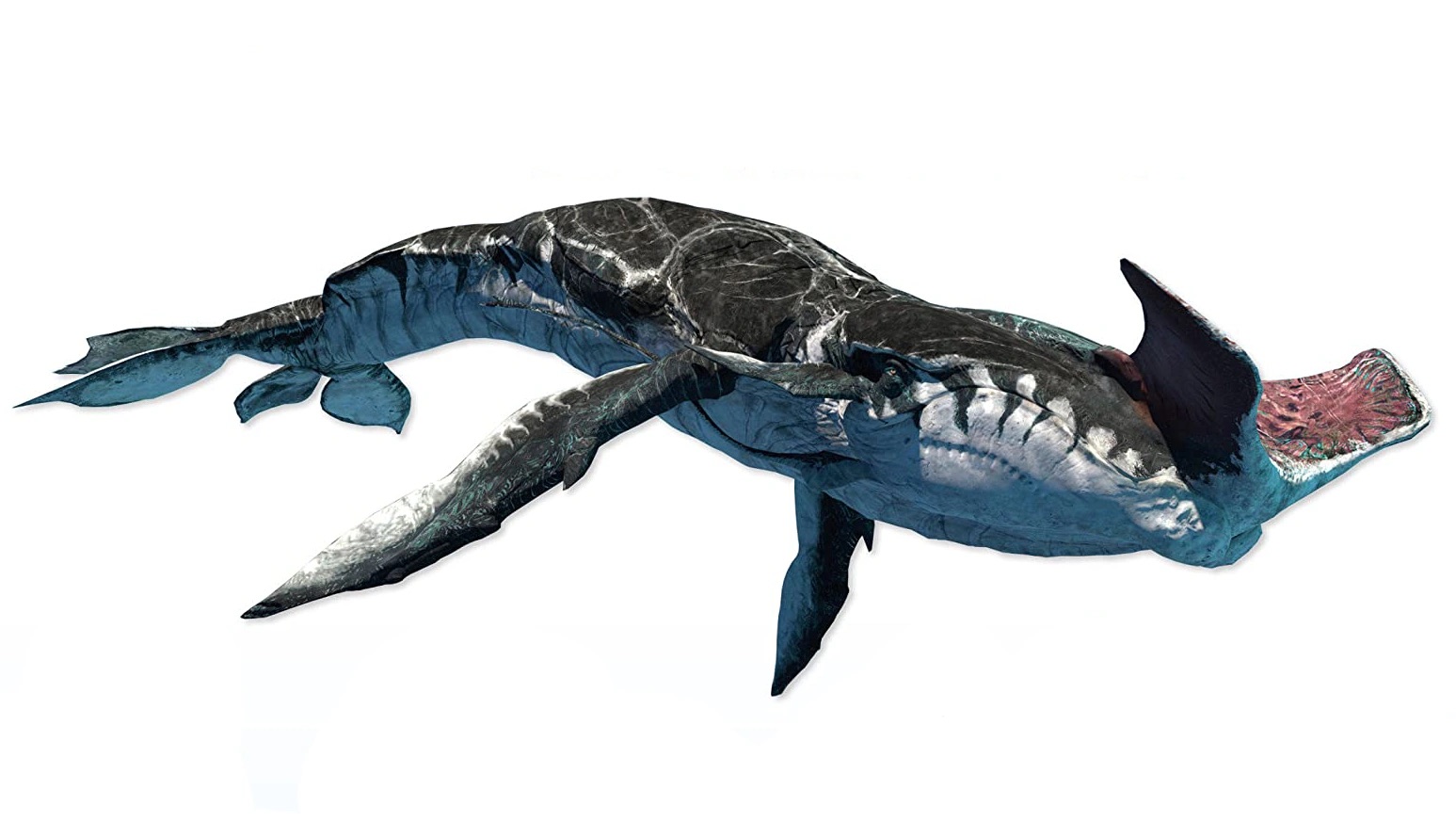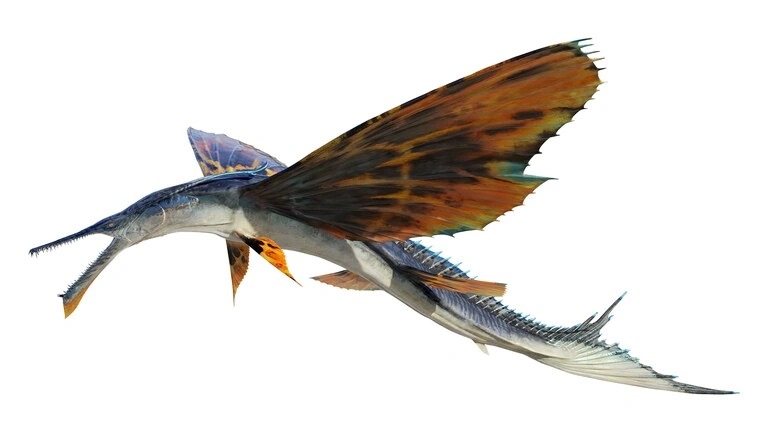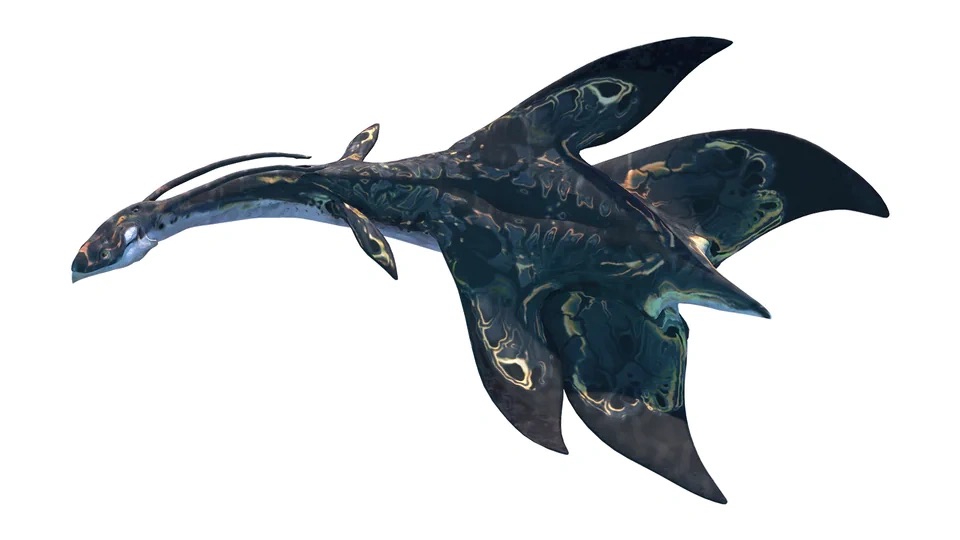
Thanator
The thanator (Na'vi name: palulukan meaning "dry mouth bringer of fear") is a carnivorous hexapedal animal native to the forests of Pandora. Although many regions of the moon have yet to be explored, xenobiologists currently believe that it may be the apex land predator on Pandora. Reminiscent of a Terran panther or lion, or the extinct inostrancevia, this enormous, powerful and ferocious animal is unique in its ability to lord over its territory and strike fear into other largest and fiercest of Pandora's terrestrial carnivores. Even the Na'vi, who are renowned for their courage and skills in hunting, are shaken by the approach of the creature. A lean and agile feline-like creature, the thanator's musculature is pronounced and impressive, providing power for protracted runs and leaps. The speed of its neck and jaw strike is swift. In addition to conventional ripping and tearing, the thanator can also deliver a lethal blow from its thin armored tail. An impact from the tail is strong enough to defend against other thanators. The creature's senses are so highly developed that, depending on atmospheric conditions.
